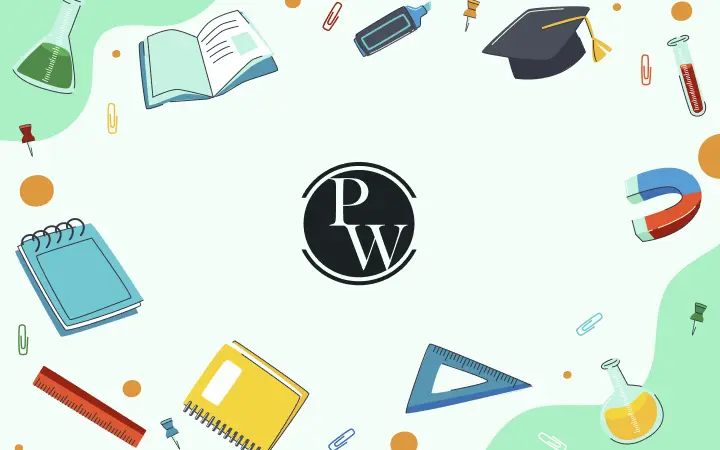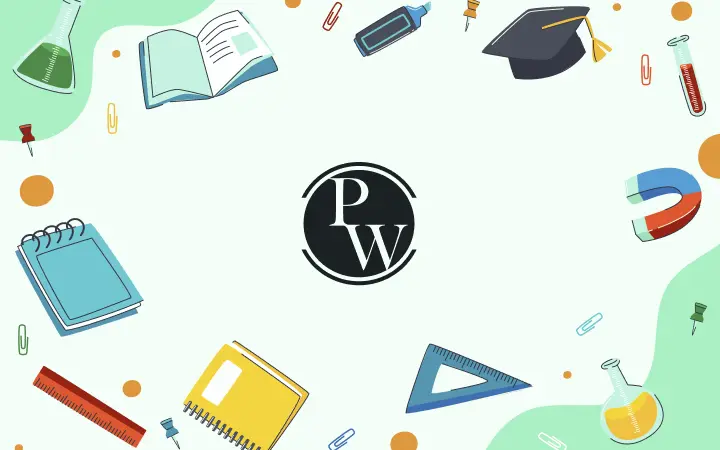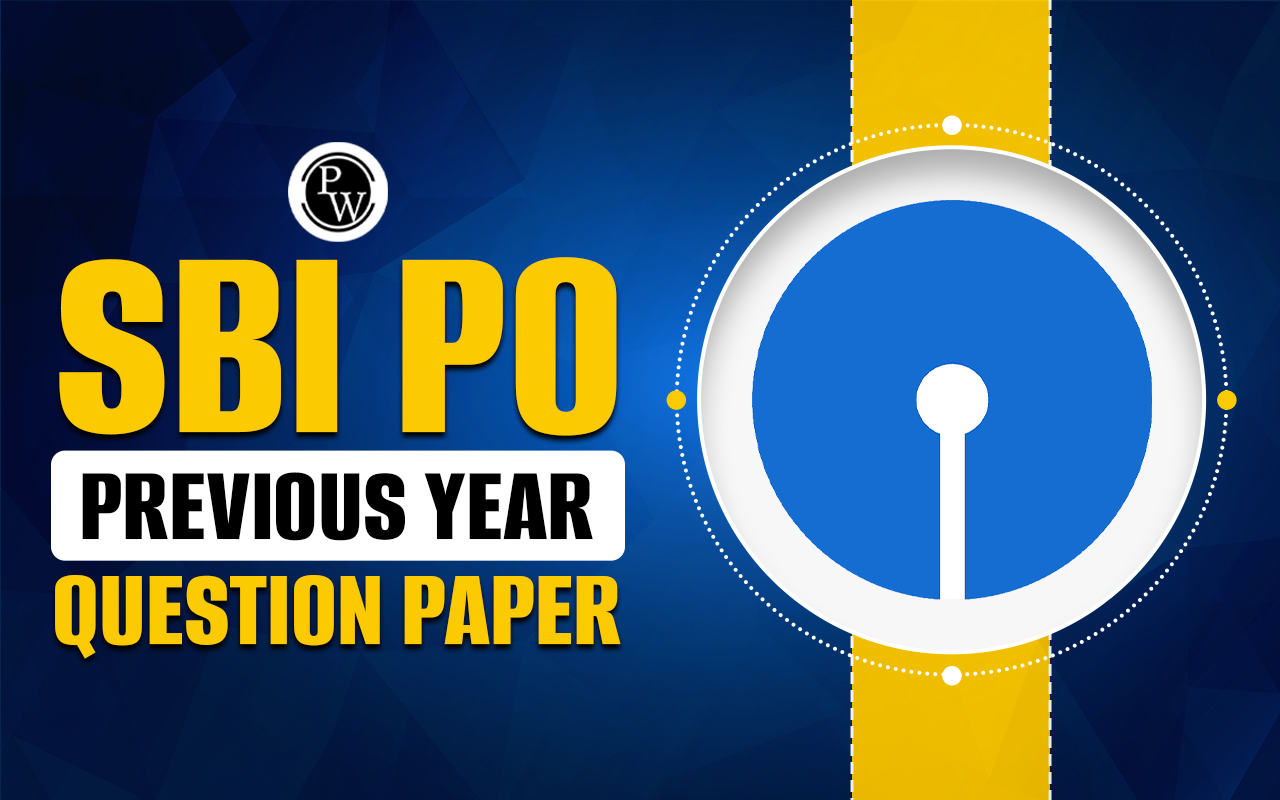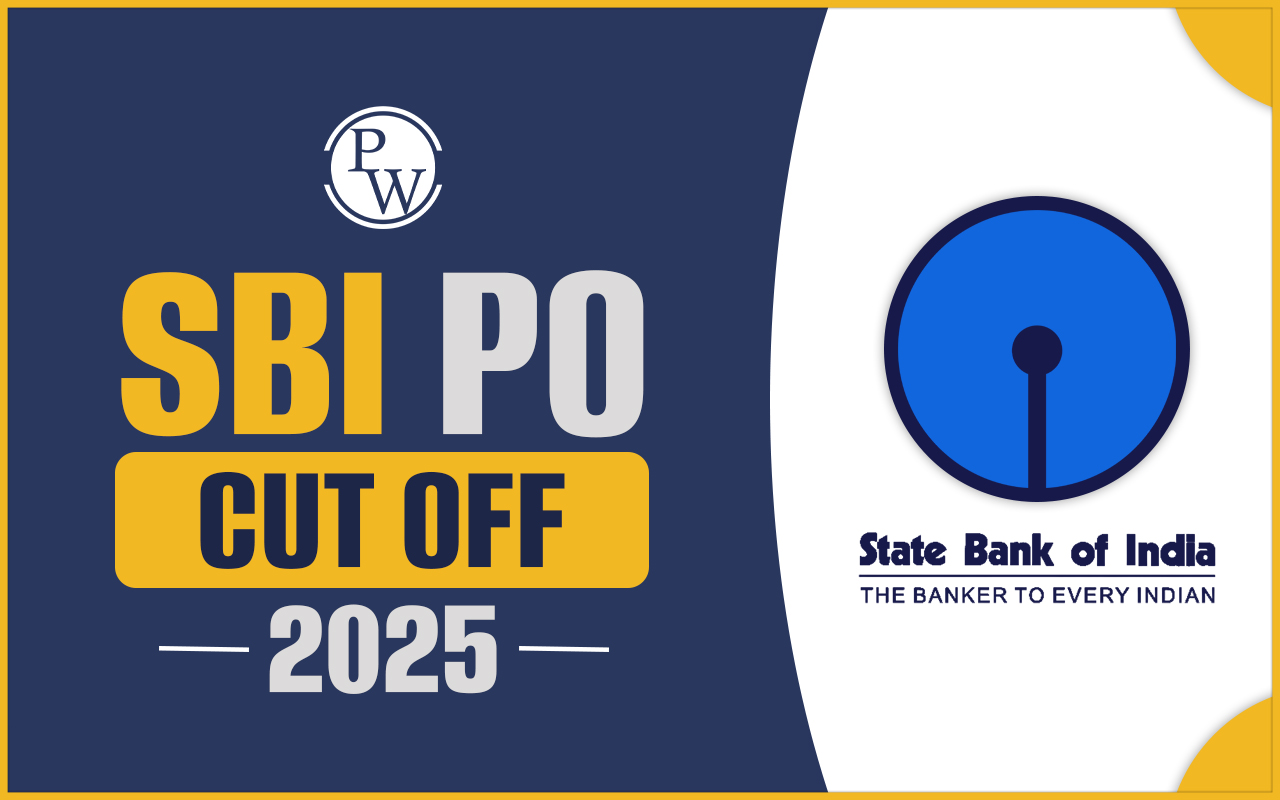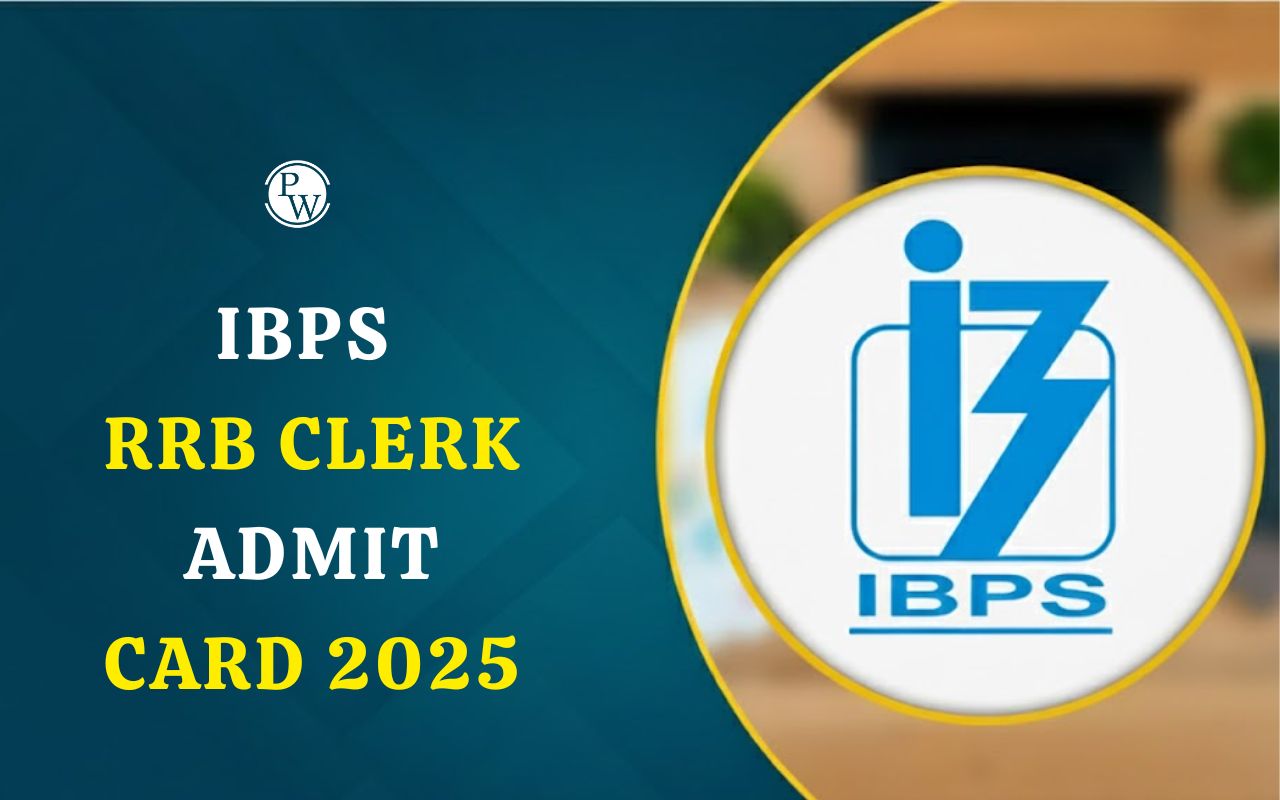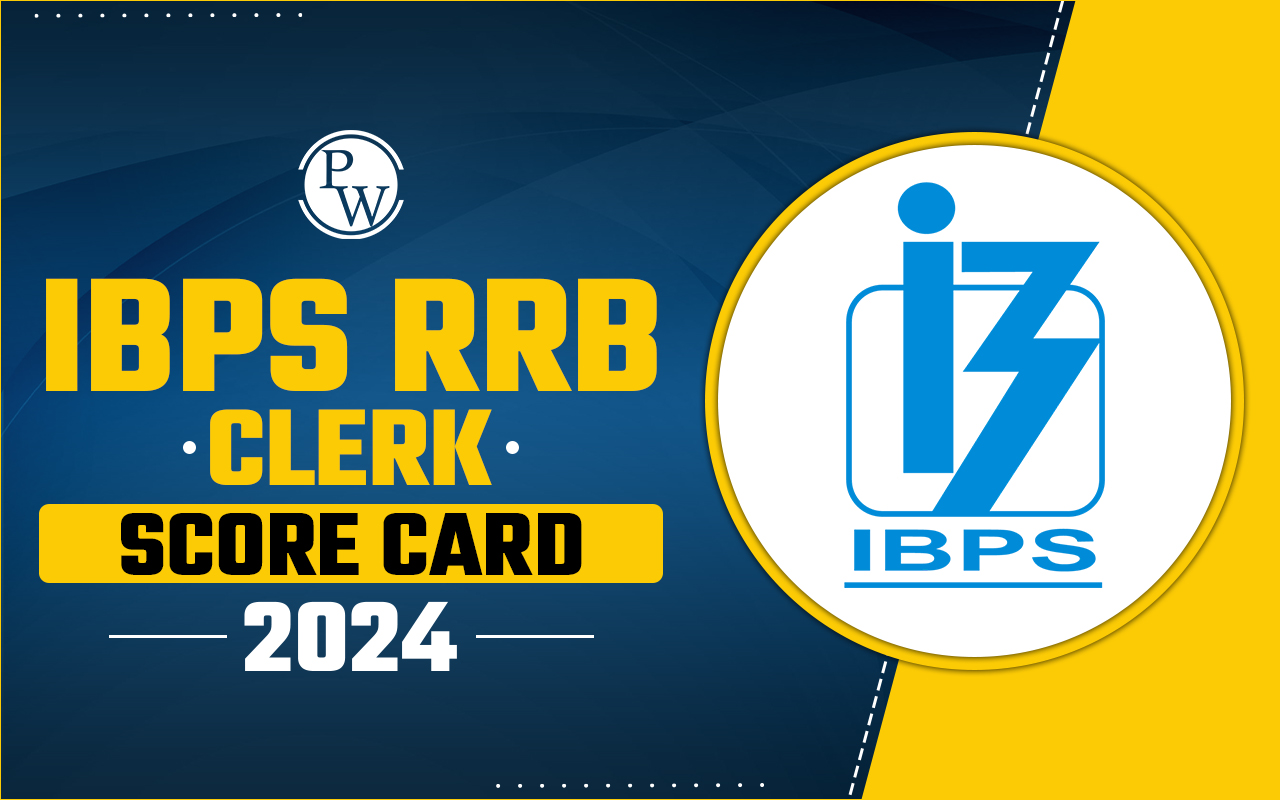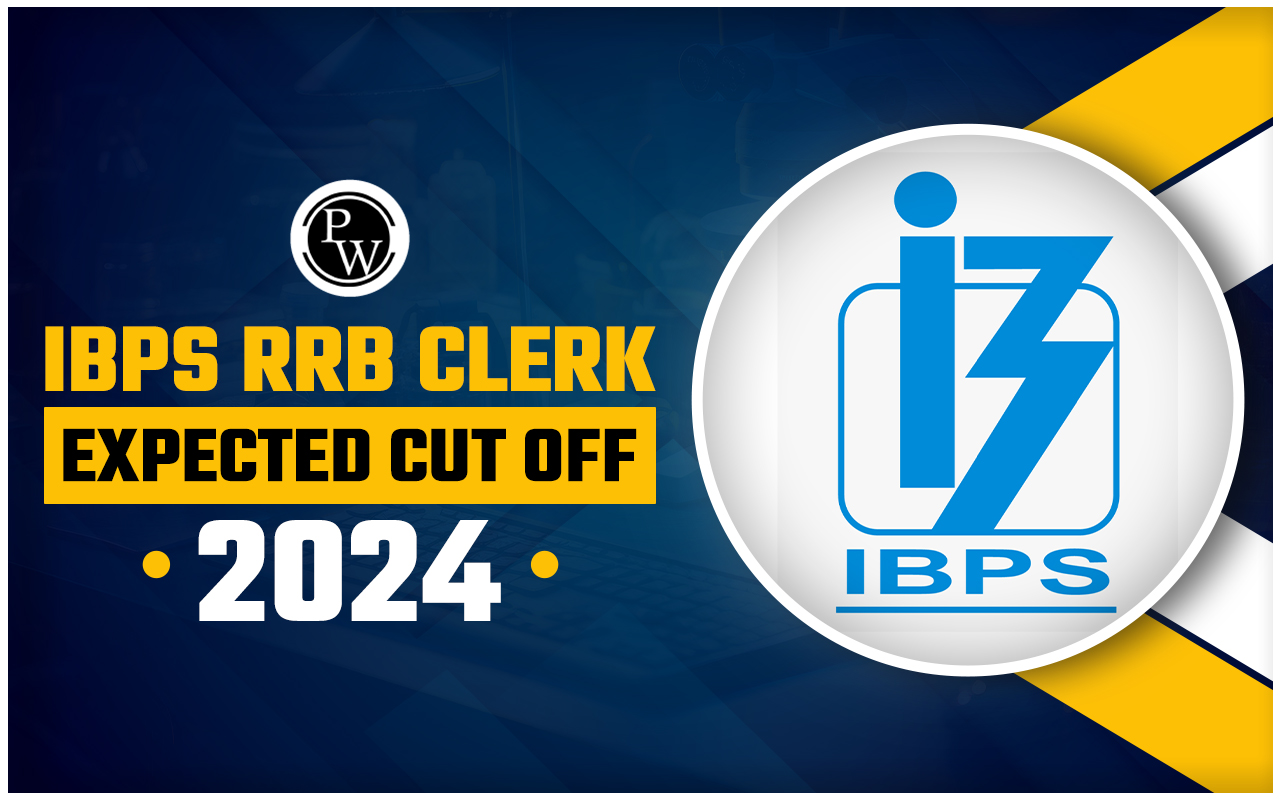
Profit and Loss
Profit and loss are fundamental concepts in business. Profit is the surplus money a company retains after its revenue from sales exceeds all expenses incurred in producing the goods. Conversely, a loss occurs when a company's revenue is less than its production costs. Thus, understanding profit and loss is crucial for a company, which is why companies maintain profit and loss accounts to monitor their financial performance.
Key Concepts of Profit and Loss
Cost Price- The amount paid for a product or commodity to purchase is called a cost price. Also, denoted as CP.
Selling Price- The amount for which the product is sold is called the Selling Price. It is usually denoted as SP.
Marked Price- The price on the label of an article/product is called the marked price or list price. It is usually denoted as MP.
Dishonest Shopkeeper - A dishonest shopkeeper scenario typically involves situations where the shopkeeper manipulates prices, weights, or measurements to make more profit than they should legitimately earn.
Common tactics employed by a dishonest shopkeeper include:
-
Marking up prices: They may inflate the prices of goods beyond reasonable levels.
-
False weights or measures: They might use inaccurate weighing scales or measures to provide less product than what the customer pays for.
-
Misrepresentation of quality: They may sell inferior or counterfeit products as genuine items.
-
Deceptive advertising: They might use misleading advertising or labeling to attract customers under false pretenses.
-
Refusal to provide accurate information: They may withhold information about product quality, expiration dates, or hidden costs.
Profit and Loss Formulas
Let us learn profit and loss concepts in math. It is well explained in terms of cost price and selling price.
Profit - The amount gained by selling a product for more than its cost price.
Profit = Selling Price - Cost price
Loss- The amount the seller incurs after selling the product less than its cost price is mentioned as a loss.
Loss = Cost Price - Selling Price
Discount- The discount means a reduction in the price of a good or service.
Discount = Marked Price - Selling Price
Profit/Loss percentage formulas:
Profit percentage (P%) = Profit/Cost Price *100
Loss percentage(L%) = Loss/Cost price*100
Discount percentage formula:
Discount(D%)=Discount/Marked Price*100
Dishonest Shopkeeper formula:
-
A dishonest shopkeeper pretends to sell his goods at a lower price but uses lower false weights. Then his gain% is given by
True weight - false weight/false weight*100
-
When a dealer sells his goods at cost price only, which is a loss but uses a false lesser weight, then overall profit% or loss% is given by
Less weight% - Loss %/100-Less weight%*100
Profit and Loss Short Tricks


Profit and Loss for IBPS RRB PO and Clerk
Our PW Faculty has come up with Profit and Loss questions for IBPS RRB PO and Clerk Exam from basic to advanced covering concepts, formulas, tricks, examples, and previous year questions asked in the IBPS RRB Exam. Profit and Loss is a scoring topic in the quantitative aptitude section that comes in IBPS RRB and all banking exams. The concept of profit and loss is easy to understand, click on the below-provided link to get concept clarity of Profit and Loss in One Shot from basic to advance.
Weightage of Profit and Loss in Banking Exams
In banking exams, the weightage of profit and loss topics can vary depending on the specific exam and the conducting body. However, profit and loss are generally considered a fundamental topic in the quantitative aptitude section of these exams. Here's a typical breakdown:
1. IBPS PO/Clerk (Institute of Banking Personnel Selection)
-
Quantitative Aptitude Section:
-
The section usually contains around 35 questions.
-
Profit and Loss questions typically account for about 2-5 questions.
-
Weightage: Approximately 5-15% of the quantitative section.
2. SBI PO/Clerk (State Bank of India)
-
Quantitative Aptitude Section:
-
The section generally contains around 35 questions.
-
Profit and Loss questions are common, often appearing as 2-5 questions.
-
Weightage: Approximately 5-15% of the quantitative section.
While the exact weightage of profit and loss may vary slightly across different banking exams, its consistent appearance makes it an important topic to prepare thoroughly.
Best Profit and Loss Examples
Q1. Given CP = Rs. 300, SP = Rs. 450, find the percentage profit/loss.

Q2. Given CP = Rs.2250, SP = Rs.1250, find the percentage profit/loss.

Q3. A man buys an article for Rs. 150 and sells it for Rs. 180. Find the gain percent.

Q4. Find SP when CP = Rs 56.25 and Gain = 20%.


Q5. Anita bought a new dress for Rs. 4800 and spent Rs 1200 on its stitching. She sold the dress for Rs. 7200. Her gain percent.

Profit and Loss Solved Questions
1) A sells a bicycle to B at a profit of 20% and B sells it to C at a profit of 25%. If C pays Rs. 5400, what did A pay for it?
a) Rs. 3400
b) Rs. 3600
c) Rs. 3800
d) Rs. 4000
e) None of these

2) A shopkeeper sold a watch to P at 30% profit and P sold it to Q at 20% profit. If Q purchased the watch for ₹780, then find the profit amount received by the shopkeeper?
a) 150
b) 120
c) 110
d) 140
e) None of the above

3) A street vendor purchased 8 apples at ₹15 per apple and 6 apples at ₹10 per apple. If he sold all the apples at ₹18 per apple, then find his profit percent?
a) 40%
b) 50%
c) 33.33%
d) 12.5%
e) None of these

4) If the cost price is 96% of the selling price, then what is the profit percent?
1) 5.72%
2) 2.8%
3) 3.72%
4) 8.92%
5) None of these

5) Selling price of 50 pineapples is equal to the cost price of 120 pineapples. Find the profit or loss percent.
50 अनानास का विक्रय मूल्य 120 अनानास के क्रय मूल्य के बराबर है। लाभ या हानि प्रतिशत ज्ञात कीजिये.
(a) 120%
(b) 150%
(c) 110%
(d) 240%
(e) None of these


6) A man bought 75 Kg of rice and added 33.33% impurities to it. He sold the total mixture at a rate of the cost price. Find his profit percent.
(a) 66.67%
(b) 33.33%
(c) 14.28%
(d) 20%
(e) 30%
Answer:(b)
Solution
He sales article at cost price
So overall profit he gets from impurities
He added 33.33% impurities which means he will get an overall 33.33% profit
Hence option b is correct.
7) A man bought 75 Kg of rice and added 40% impurities to it. He sold the mixture at
10% above the cost price. Find his net profit percent.
(a) 54%
(b) 32%
(c) 27%
(d) 25%
(e) 20%
Answer:(a)

Previous Year Questions Of Profit and Loss Asked In Banking Exams
1. By selling 90 ball pens for ₹160 a person loses 20%. How many ball pens should be sold for ₹96 to have a profit of 20%?
2. A shopkeeper takes 10% profit on his goods. He lost 20% of his goods during a theft. What is his loss percentage?
3. A man sold two steel chairs for ₹ 500. On one, he gains 20% and on the other, he loses 12%. How much does he gain or lose on the whole transaction?
4. A dishonest shopkeeper pretends to sell his goods at a cost price but uses false weights and gains 1119%. Find the false weight he is using instead of 1kg weight.
5. A cloth merchant sold half of his cloth at 20% profit, half of the remaining at 20% loss, and the rest was sold at the cost price. Calculate the overall profit or loss.
6. If 6 articles are sold for ₹ 20 then there is a loss of 20%. To gain 20% what must be the number of articles sold for ₹ 20?
7. If the selling price of 90 units of article A is equal to the cost price of 105 units of the same article and the selling price of 60 units of article B is equal to the cost price of 75 units of the same article, then find the ratio of profit percent on article A to that on article B?
8. In a toy shop, the selling price (SP) of 18 toys is equal to the cost price (CP) of 24 toys. In another toy shop, the selling price (SP) of 16 toys is equal to the cost price (CP) of 20 toys. Find the ratio of the profit percentages for the toy shop.
9. A dealer uses a scale of 90 cm instead of a meter scale and claims to sell at a cost price. What is his gain?
10. If an article is sold for ₹ 178 at a loss of 11%, what should be its selling price to earn a profit of 11%?
Profit and Loss FAQs
Q1. What is the formula for calculating cost price (CP)?
Q2. What is mark-up?
Q3. What is a discount?
Q4. How is the mark-up percentage calculated?
Q5. How is loss percentage calculated?

